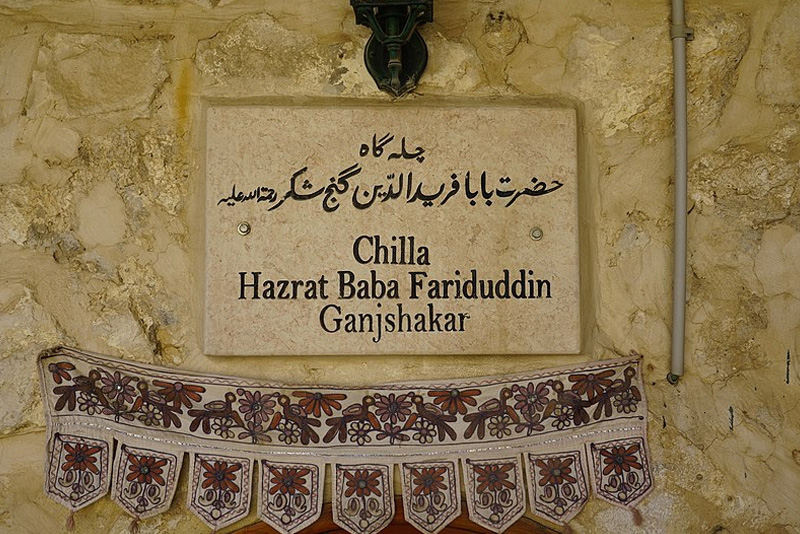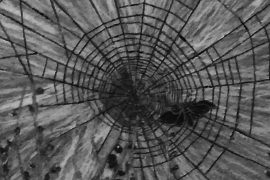An 86 year old man lives with his family of thirty on the most contested stretch of land on the face of the earth. They call it, little India. In the year 1192, Sultan Yusif Sala al-Din denied Richard I (“the Lionheart”) and Philip II of France the city of Jerusalem, and forced them to abandon the Third Crusade. More than a decade later, an Indian Sufi saint walked into the holy city. His name was Hazrat Farid ud-Din Ganj Shakar.
Baba Farid, as Hazrat Farid was called, belonged to the Chisti order of Sufis. While no one knows how long he spent within the walls of the holy city, he was said to have swept the stone floors around al-Aqsa mosque and fasted in the cave nearby.
On his return to Punjab, he became the head of the Chisti order and his journey to Jerusalem was one that gained incredible religious significance. As an ode to his memory, followers on their way to Mecca wanted to pray and sleep in the city of Jerusalem just as he had done, and soon in the Old City, there stood a hospice.
-30-
Copyright©Madras Courier, All Rights Reserved. You may share using our article tools. Please don't cut articles from madrascourier.com and redistribute by email, post to the web, mobile phone or social media.Please send in your feed back and comments to editor@madrascourier.com











